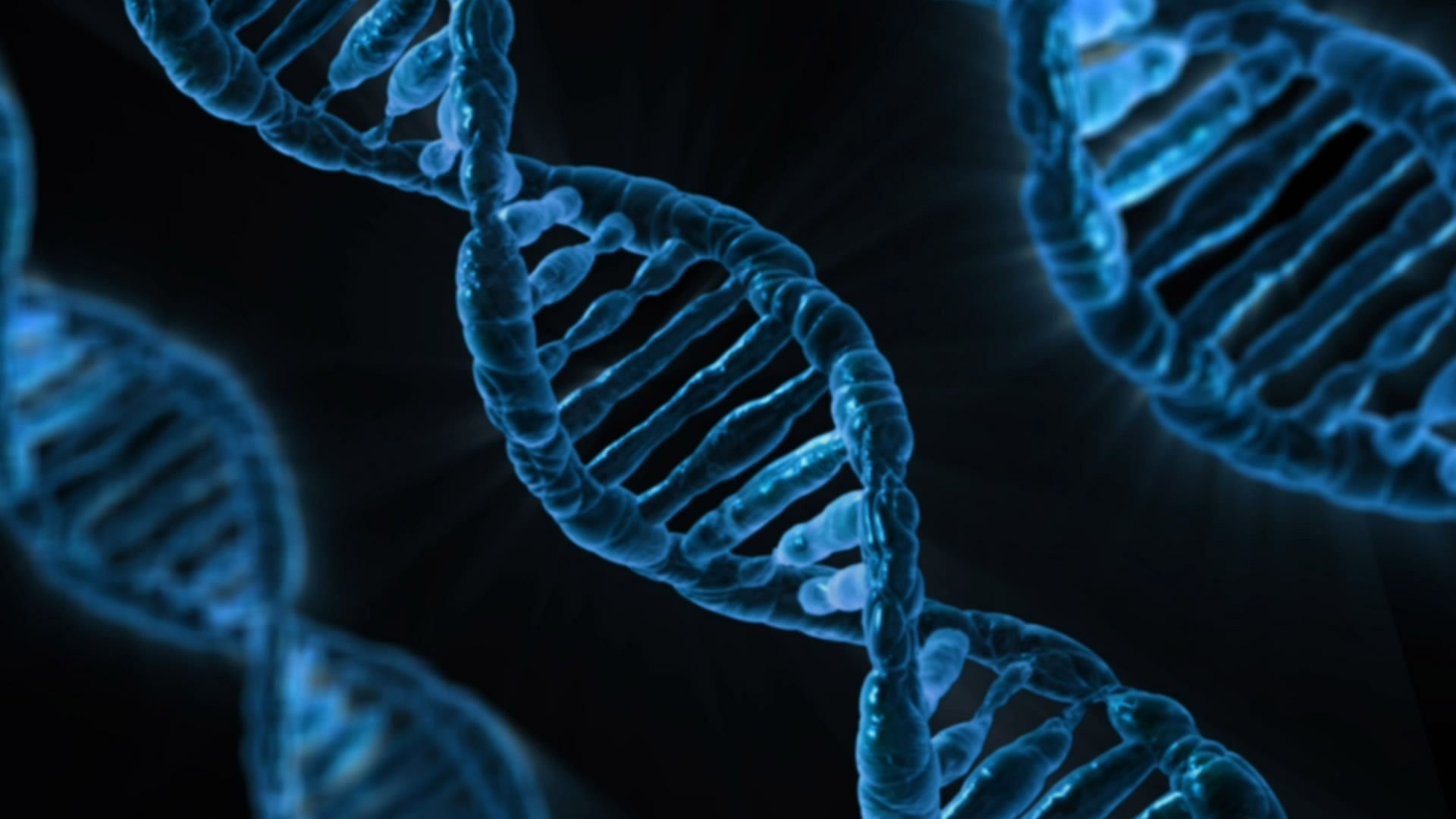How are genetic tests performed?
Most genetic tests are performed on a DNA sample. Because every tissue in the body is made of cells that contain DNA, any tissue can be used as a source of DNA. However, a blood test is the most common source because it can easily be obtained in large quantities; typically 5-10 ml (1-2 teaspoons) are taken for a test. Some laboratories will allow cheek cells to be submitted for genetic testing. In this case, the cells are usually collected by rubbing the inside of the mouth with a small brush.
After the DNA is obtained from a blood or other tissue sample, a variety of different methods can be used to look for mutations in your genes. Sometimes the whole coding sequence of the gene is examined. This is similar to reading a page in a book to look for spelling errors in all of the words. Other times, methods are used that only look for the most common mutations. In this case, the test is similar to looking at a page only for a specific misspelled word and ignoring all of the other words. Some laboratories may combine these methods by first screening for common mutations and then, in certain circumstances, examining the whole coding sequence of the gene. Different laboratories may test for a different number of Usher genes.








